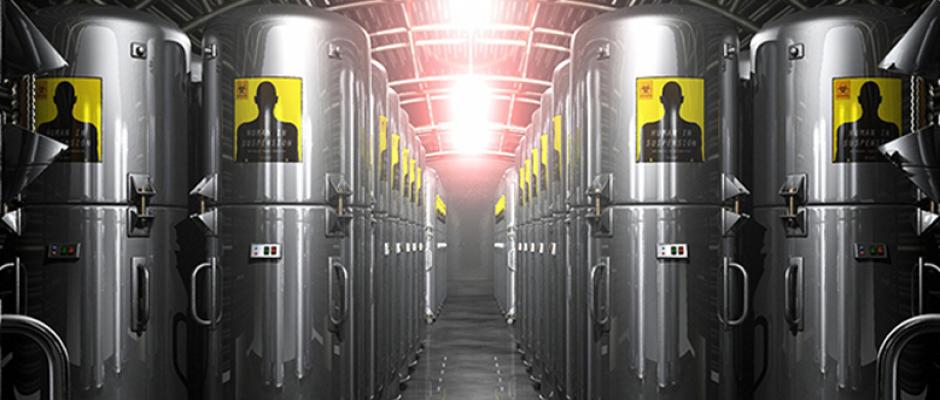Inside tanks filled with liquid nitrogen lie the remains of 199 individuals who have chosen cryopreservation, anticipating a future where scientific advancements may allow them to be resurrected. Notable cases include Matheryn Naovaratpong, a 2-year-old Thai girl who was put under cryopreservation in 2015 by her parents after dying from brain cancer.
Following legal death, the cryopreservation process involves the removal of fluids from the body and their replacement with specialized chemicals to prevent ice crystal formation. Patients at facilities like Alcor are vitrified at extreme temperatures and stored until technological progress may enable potential revival. The costs associated with cryopreservation can be substantial, with fees starting at $200,000 for full-body preservation and $80,000 for brain preservation. Many individuals fund these expenses by designating the cryonics organization as the beneficiary of life insurance policies.
Cryotherapy, the application of extremely low temperatures in medical treatment, has been utilized to address various types of tissue damage, both benign and malignant. Cryogenic chamber therapy has gained recognition as an effective method of recovery, particularly among athletes and sports enthusiasts, aiding in swift recuperation from swelling and inflammation. The practice of applying cold exposure at home has also been adopted to alleviate inflammation.
Advancements in cryopreservation have led to more complex and expansive applications in medical science, including the preservation of body parts or organs at low temperatures. Scientists speculate that future developments in medical science may allow for the revival of deceased individuals through the cryopreservation of their bodies. While research in Europe and the USA explores this concept, not all scientists are convinced of its feasibility.
The cryopreservation of human bodies is currently an irreversible process with present technology. However, proponents of cryonics remain hopeful that future scientific progress may one day enable the revival of individuals who have been cryogenically frozen.
Would you pay to have your body preserved? Is there “life after death?”







